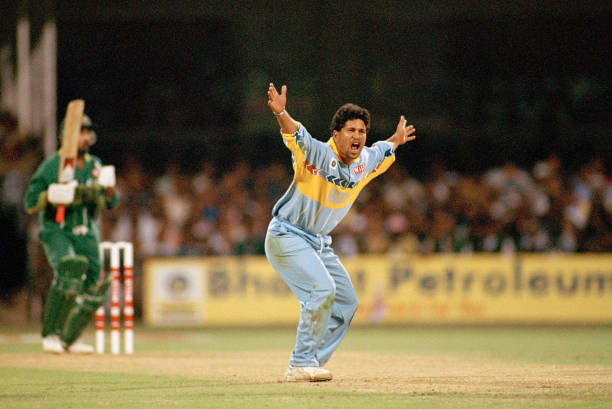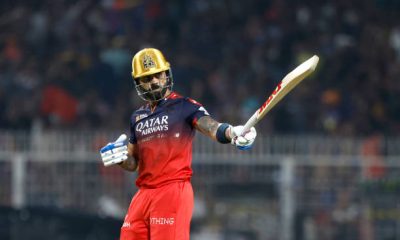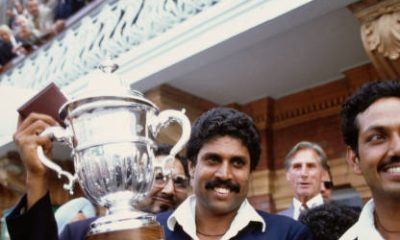
A “Cricket Match” is not always just about skill and performance; sometimes, it becomes about the contentious moments that spark debates for years to come. From umpire errors to contentious DRS calls, India’s cricketing history is riddled with instances that have changed the course of matches and careers. In this post, we’ll explore seven of the most controversial decisions in Indian cricket, each of which played a pivotal role in shaping the Cricket Match narrative.
1. The ‘Sandpaper Gate’ Cricket Match: India’s Role in the Controversy
One of the most talked-about controversies in modern cricket history involved the infamous ball-tampering scandal that shook the cricketing world. While the main culprits were Australian players, the controversy had far-reaching consequences for Indian cricket as well. During a Test match between Australia and South Africa, Steve Smith and his team used sandpaper to alter the condition of the ball, leading to a worldwide outcry.
India’s involvement came through their swift reaction, which exposed flaws in the cricketing system and brought the integrity of the sport into sharp focus. The way Indian players and officials responded marked a significant turning point in Cricket Match transparency.

2. The 2008 Sydney Test: The ‘Monkeygate’ Incident
The 2008 Sydney Test between India and Australia is another chapter of controversy in Indian Cricket Match history. This match was marred by multiple controversial decisions, but the most heated one was the infamous “Monkeygate” incident. It all began when Indian player Harbhajan Singh was accused of racially abusing Andrew Symonds.
The ensuing altercation led to a host of on-field disputes, heated arguments, and eventually, Harbhajan being banned for three matches. Indian officials vehemently protested the decision, and many believed that the charges were exaggerated to provoke tensions. This incident sparked massive debates and divisions in cricketing circles, making it one of the most controversial decisions in Indian Cricket Match history.
3. The 2011 World Cup Final: The No-Ball Controversy
India’s victory in the 2011 World Cup Final against Sri Lanka is a moment etched in the memory of every Indian cricket fan. However, amidst the celebrations, a controversial no-ball call could have altered the outcome of the match. Sri Lankan bowler Lasith Malinga bowled a no-ball in the 46th over, which went unnoticed by the on-field umpires. As it happened, Indian batsman Gautam Gambhir was dismissed on the very next ball.
Had the no-ball been called correctly, Gambhir would have been allowed to face another delivery, which might have changed the course of his innings and the final outcome. While the no-ball controversy didn’t affect the result, it was a reminder that even in monumental moments, decisions can make or break a match.
4. The 2012 DRS Debate: Umpire’s Call Controversy
The Decision Review System (DRS) was introduced to minimize umpire errors, but it has been a source of ongoing controversy, especially in India. One of the most significant debates surrounding DRS came during the 2012 Test series between India and England. The infamous “umpire’s call” decision became a point of contention when a few Indian players were dismissed despite the reviews showing that the ball was clearly missing the stumps. India’s resistance to DRS was based on the perceived inconsistency of the system, and many believed that the technology was flawed, leading to contentious decisions that influenced Cricket Match results.
5. The 1996 World Cup Semi-Final: Sachin Tendulkar’s Controversial Run-Out
The 1996 World Cup semi-final between India and Sri Lanka was a high-stakes match that ended in controversy. One of the most controversial moments was the dismissal of Indian batting legend Sachin Tendulkar. Tendulkar was run out in an unusual manner, where replays showed that the ball hit the stumps just as the bails were about to fall.
However, many experts believed that the throw was not cleanly taken, leading to questions about the accuracy of the decision. India’s hopes were dashed after this contentious dismissal, and the decision sparked debates for years to come about the fairness of such judgments in big Cricket Match.

6. The 2004 Multan Test: Umpire’s Inconsistent Decisions
During the 2004 Test match between India and Pakistan in Multan, India’s first-ever victory on Pakistani soil was overshadowed by several dubious umpiring calls. The most controversial moment came when Pakistan’s middle-order batsman, Inzamam-ul-Haq, was given out LBW off the bowling of Anil Kumble. Many cricket pundits believed that the ball would have gone on to miss the stumps, and the decision was a wrong call. The inconsistency of the umpires during this match led to widespread calls for reviewing how decisions were made, with the Indian team and fans feeling hard done by.
7. The 2018 South Africa Test: Virat Kohli’s ‘Non-Review’
During India’s 2018 tour of South Africa, a critical moment came in the second Test match when Virat Kohli, the Indian captain, chose not to review an LBW decision. Kohli was dismissed for a low score, but replays showed that the ball would have hit the stumps, leading many to believe that it was an error not to use the review system. This decision sparked heated debates regarding the captain’s decision-making abilities in such high-pressure moments and the role of reviews in ensuring fairer judgments.

SUGGESTED FOR YOU
Kabaddi Premier League: 7 Legendary Players Who Defined the PKL Era
Conclusion: The Fine Line Between Controversy and Fair Play
In conclusion, controversial decisions have been a recurring theme in Indian cricket, whether it’s a questionable umpire call, a contentious DRS ruling, or an on-field altercation. While these moments have sparked outrage, they have also helped the cricketing community grow and evolve.
The introduction of technology like DRS has been an attempt to eliminate human errors, but it still has its fair share of flaws. Ultimately, these “Cricket Match” controversies remind us that the sport, despite its competitive nature, is also a reflection of human imperfection. However, these controversies only add to the allure of the game, ensuring that each match will continue to be remembered not just for its triumphs, but also for the decisions that sparked debates that lasted for years.
By examining these crucial moments, we can better understand the complexity of the game and the way decisions shape the history of cricket in India. As fans, players, and officials strive for fairness, it’s important to recognize the need for continual improvement in the decision-making process to ensure that future controversies are minimized, allowing the true spirit of the sport to shine through.









